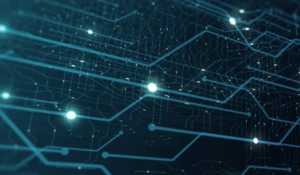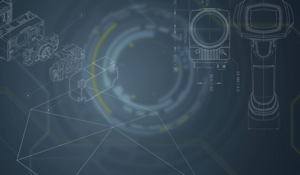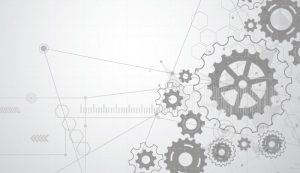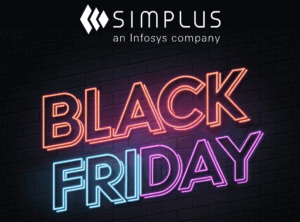When the CLM implementation project is finished, and all systems are go—stop. Before the development team shares “high fives” for going live, remember that this stage of the system is where the real work begins.
In his article on CLM Corner, Michael Martin, Delivery Director at Simplus, explains how the work following go-live has the most impact on an organization’s Total Cost of Ownership or TCO.
Studies show that 76 percent of today’s organizations identified the contracting process as a priority for modernizing processes, but 85 percent of organizations catering to B2B markets admit reaching an agreement with their existing contract lifecycle and processes is frustratingly slow, both at a transactional and strategic level.
During this time of implementation, Michael says there are five pillars of system design that lower TCO while also maximizing the benefits of a new software system.
- User Experience
- Simplicity
- Robustness
- Maintainability
- Extensibility
From ensuring a pleasant experience to seamless and scalable functionality, here are some highlights from Michael’s recent article on ways to minimize the Total Cost of Ownership from CLM Corner.
User Experience
Users have plenty of ideas on what features they need. But as levels of functionality increase, so do the risks of working around complicated processes.
“Keep the pillar of User Experience top of mind to reduce support costs, reduce development costs, and increase user adoption,” said Martin.
Simplicity
When in doubt, go simple.
Complex systems are difficult to build, understand, maintain, grow, and extend. Martin warns that these challenges lead to ballooning development and support costs for as long as the system is in use.
“Keep simplicity in mind to reduce TCO for a system with lower development and support costs,” said Martin.
Robustness
Designing a robust system that seamlessly handles different situations can be better understood by comparing its opposite. Fragility.
“Fragile systems are brittle, inflexible, and break easily,” said Martin. “Even when they ‘work’ they usually don’t work very well.”
To determine how much your system can withstand, Martin shared some questions to measure a system’s robustness.
- What unexpected behavior might occur?
- Where are the extreme limits of the system and how will it respond?
- Is this the most performant approach?
- What could break the system?
Maintainability
No matter how simple and robust your system, Martin reminds users that this system will always need maintenance. Users should design and build with future system maintenance in mind.
By asking questions that address how maintenance and repairs can be simplified, and how easy it is to learn how to maintain the system, users can keep long-term TCO low.
Extensibility
All software systems need improvements.
Martin reminds users to focus on today’s problems and tomorrow’s since this allows a system to grow and improve with minimal additional development effort.
As the systems go live and the development team celebrates their achievements, it is crucial to recognize that the journey doesn’t conclude here. Instead, it transitions into a phase where the real work begins to control the Total Cost of Ownership without compromising on functionality.
Read the complete article and subscribe to CLM Corner here.
















0 Comments